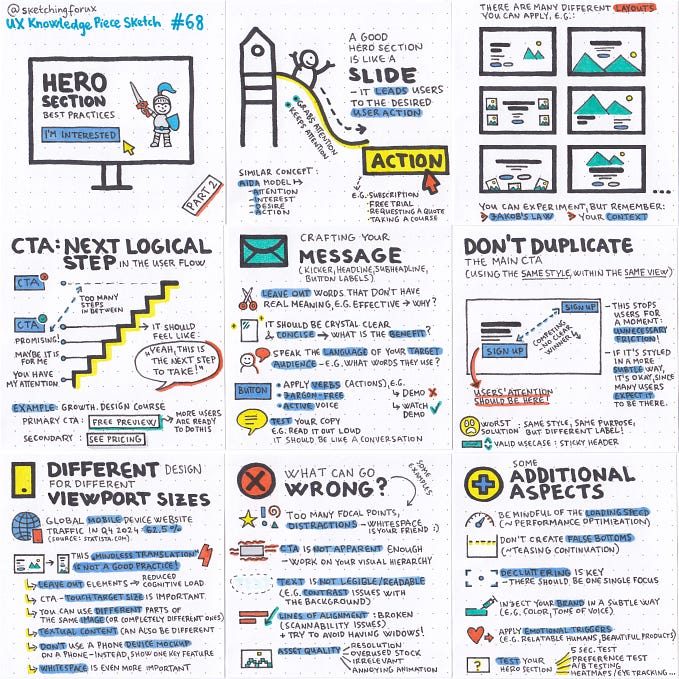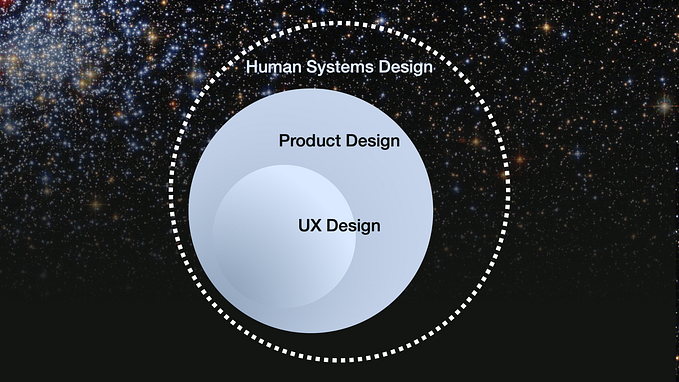Member-only story
UI/UX Design: Mapping Complex Problems
How to leverage modified user journeys and operational boundaries to map increasingly complex problems.
Overview
When designing modern systems, interfaces, and experiences, we have to constantly keep in mind not only the customer, user, and business goals of the application, but all the steps along the way that help us get there.
Today, I want to share with you an approach that I like to use when considering how to design a solid user experience that is resilient, and delivers consistent results.
Success States: The Declarative
Any time that we are designing for our users, regardless of what our given solution may be, either theoretical or currently applied, the goal remains the same:
“Get the user from the state that they are in to the state that they want to be in as quickly and easily as possible.”
This will normally manifest in the creation of what I call “success states.”
Allow me to demonstrate:

In the figure above, we can visualize the user as having two distinct states:
- Where they are right now (physically, emotionally, mentally, etc.)
- Where they want to be (physically, emotionally, mentally, etc.)

Now don’t get me wrong, there can of course be multiple states of success or states that constitute success for the user, but for now, let’s just focus on one, and what it means us as designers.
Which brings us to the next point, the imperative.
Journey of Success: The Imperative
So if we can think of points of success, or success states, as the declarative embodiment of what our users are looking to get out of our product, we then have to consider all of the steps that go between point A and point B.











